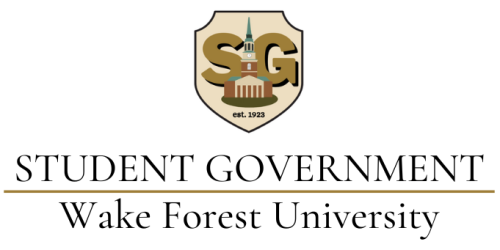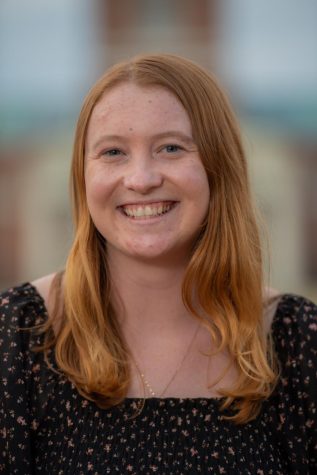Wake Forest University released its strategic framework plan to outline the university’s vision as it prepares to enter its third century in 2034.
Titled “Framing our Future,” the document details a strategy for Wake Forest to become a “community of learning, inquiry and partnerships.” President Susan Wente describes the framework as a “living document,” meaning it could change as the university and higher education landscape evolves.
The three thematic goals described in the framework — creating a community of learning, creating a community of inquiry and creating a community of partnership —are meant to guide the university as it pursues its mission and confronts issues in higher education. The document lists issues like financial uncertainty caused by economic instability, future enrollment trends impacted by changing demographics and student expectations; and new pressures on college athletics.
The framework has been a year in the making. Wente and other university leaders have been working together to draft the document since last summer. Those working on the framework engaged in conversations with more than 1,000 faculty, staff, students, alumni, parents and community members. The plan was presented to the Board of Trustees in June.
The document lists action steps to accomplish each of the goals outlined. To promote a community of learning, the framework says that Wake Forest will make a number of improvements to promote equity, belonging, experiential learning and chances to embody Pro Humanitate. Some action steps include:
- Expanding financial aid resources
- Continuing to adopt the “Thrive” initiative, which is widely publicized by the Office of Wellbeing and based on the Eight Dimensions of Wellness model
- Establishing new undergraduate orientation programs for first-year and transfer students that connect students to helpful resources
- Continuing the Residential Commons initiative, which launched with the Class of 2027. This initiative ensured that academic advising groups were assigned to the same residence hall, located more first-year classes within residence halls and placed four Faculty Fellows in each freshman residence hall.
- Creating an experiential learning center that promotes research, scholarship and creative work, career readiness, community engagement and study away/abroad programs
- Assessing current and potential partnerships across learning communities on campus
- Documenting where and how data and digital literacy are currently integrated into curricula
- Fostering spaces where informed dialogue about current issues can take place — spaces like the debate team, Face to Face series and Call to Conversation.
Under its goal to be a community of inquiry, the university is pledging to promote scholarship and research with the following action steps:
- Integrate a well-defined understanding of the teacher-scholar model
- Engage in cluster hires, joint appointments and endowed professorships to attract teacher-scholars who have been recognized in their fields
- Define a university-wide process for determining if new research, scholarship and creative work hold potential to become areas of institutional significance
- Create new partnerships that enhance the university’s contributions to national and international projects and policymaking
- Partner with Advocate Aurora Health and Atrium Heath to address public health needs
Lastly, the document includes goals for implementing partnerships that nurture the local community. One of the aims within this goal is to “reinforce Wake Forest’s role as a leading collaborator” in Winston-Salem, the Triad, Charlotte and North Carolina at large.
The university plans to determine the most strategic ways to support the region’s economic development based on Wake Forest’s areas of distinction and how it can work with other higher education institutions and non-profits.
The framework will be continually assessed and evaluated through various indicators, ensuring that the resources necessary for success are fully applied and that each outcome is consistent with its initial objective. Working with current and historical data from the Office of Institutional Research (OIR)’s data repository, the framework aims for transparency in how it is being implemented and maintained.
Update Aug. 31, 2023: The byline of this story has been updated to reflect Maddie Stopyra’s co-authorship.














